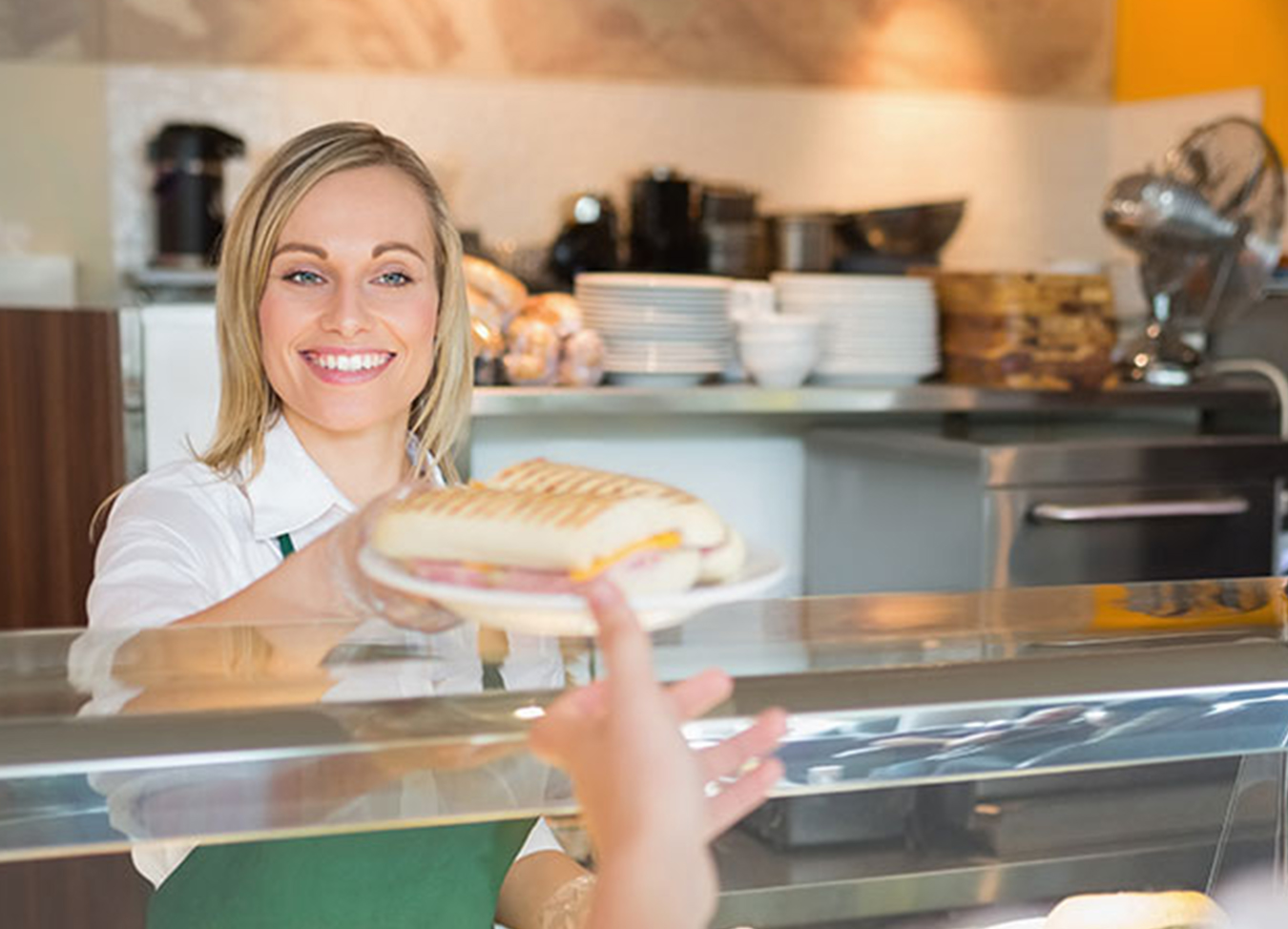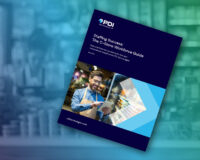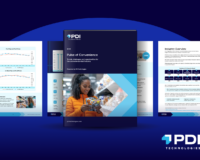
Improving inventory management is just one of the ingredients for reducing waste and increasing profitability in your c-store. With the introduction of new technologies, improved data collection, and integrated systems, foodservice managers can forecast, plan, and manage foodservice production better than ever before. If you’re looking to upgrade your foodservice program, make sure to incorporate these five stages of foodservice operations into your day-to-day operations:
1. Make the Right Amount (Inventory Management)
A good foodservice program uses predictive analytics to let store-level staff know when to make something and how many to make. It should also monitor the “health” of your prepared food, letting employees know when it’s time to throw something away or if an item is the right temperature. Waste management and inventory management work together to ensure you maintain balanced inventory levels and reduce excessive waste. In addition, a sophisticated inventory management tool will allow you to accurately track inventory for menu items that require multiple ingredients (such as hamburgers).
Managing foodservice inventory is complicated both by the complexity of relationships inside the preparation process and by the simple challenge that most of it isn’t barcoded. By gaining visibility into demand, you can accurately forecast these items based on historical market-basket data from your customers.
Ultimately, your goal should be to achieve the ease, simplicity, and visibility of merchandise inventory management in your foodservice program.
2. Time It Right and Increase Freshness (Production Planning)
Making the right amount of food at the right times means you can serve up what people want—when they want it. That can increase your sales, and it also can reduce waste.
It starts with knowing what you’re going to sell and when. Understanding the nature of specific food items and mapping tasks is essential to maintaining quality. If fresh is a brand attribute for your company, a sophisticated production planning application will help you live up to that promise.
Smart production planning means you’ll never disappoint, and you’ll always delight, but it all depends on accurate forecasts.
3. Know What to Make and When (Job Scheduling)
Knowing what to make and when to make it simplifies your job, but no one wants to manage a job calendar. When you use technology with intelligent scheduling based on business rules and food production criteria, it’s less work for you to ensure that production is spread throughout the day, providing the freshest products to your customers.
This eliminates the manual process of outlining every task individually.
Time-of-day forecasting and automated job scheduling provide simple but enhanced task management for your employees. The software does the work for you so your store employees will know when to make breakfast burritos at specific times and prepare the right amount to satisfy hungry customers.
Additionally, smart job scheduling and the right technology can help you avoid unsavory experiences. It’s hard to forget a bad experience, like taking a bite of a warm breakfast sandwich only to taste a crunchy, overcooked piece of sausage. Or seeing that corner of melted cheese that’s turned bright orange because it’s stale.
4. Monitor Seasonality and Align with Promotions/Offers (Sales Forecasting)
Nearly 30% of daily c-store foodservice orders are made up of baked goods. Using advanced data analysis of market-basket transactions, you can predict what popular breakfast items and baked snacks will sell by store and time of day. However, establishing clear baseline forecasts by time of day isn’t enough. You must anticipate seasonal changes that impact demand or timing. When you’re pushing a new promotion, you need to be prepared to keep up with demand.
By combining market-basket sales forecasting with job scheduling, you can serve up a great customer experience consistently every time.
You can also do some exciting and impactful things in your foodservice operations when you have technology making sense of all the data your ERP solution is producing and capturing.
5. Deliver Tailored and Tasty Culinary Experiences (Customer Experience)
Keeping up with the latest consumer trends is critical to building a successful foodservice program. These programs can and should be tweaked by region. For example, tacos may not fare as well as hoagie sandwiches in some US locations. Knowing the demographics and taste preferences of the population in your area will help you tailor your food offerings to meet the needs of local consumers.
However, knowing your audience shouldn’t prevent you from taking risks and introducing new items or flavors into your foodservice program. The ubiquity of the Internet and social media have made the world a much smaller place, and consumers increasingly expect to enjoy diverse food experiences at their local convenience store.
Foodservice is not just the future—it’s now. Convenience retailers who wish to capitalize on this trend should learn from others who are doing it well and invest in the tools to deliver exceptionally tailored and tasty culinary experiences to their customers.
Take the First Step Today
Foodservice is complicated, but with the right technology partner, it doesn’t have to feel that way. Fine-tune your foodservice program by following these five stages to deliver a great customer experience that reduces waste, increases profitability in your c-store, and produces the margins you need to thrive.
Are you ready to freshen up your foodservice? Learn more about PDI Foodservice solutions and see how we can help you transform your business.


